Transpacific 2016
A fantastic journey around the legendary South Pacific by private plane. We are proud to share unforgettable moments being daily reports and photos from each visited island or location as well as amazing footage taken with a GoPro 4 and a Phantom 4 drone.
Flight route
This time the journey has not started at the Pilatus-12 NG’s home base in Mollis, Switzerland. Since the area of focus for this trip is the South Pacific, the aircraft has been repositioned to Singapore and after the journey will be flown back home again from Bangkok.
Singapore — Timor-Leste (East Timor) — Solomon Islands — Papua New Guinea — Vanuata — New Caledonia — Fiji — Tonga — Samoa — Tuvalu — Kiribati — Nauru — Marshall Islands — Pohnpei Islands (FSM) — Northern Mariana Islands — Guam — Palau — Brunei — Phnom Penh, Cambodia — Siem Reap, Cambodia — Bangkok, Thailand
Travel Journal

Singapore 🇸🇬

Timor-Leste (East Timor) 🇹🇱
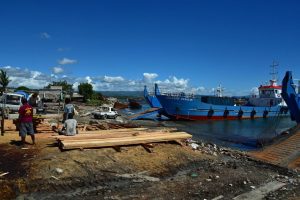
Solomon Islands 🇸🇧
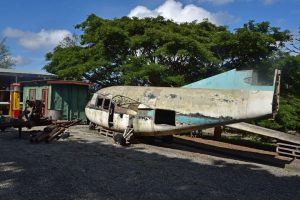
Papua New Guinea 🇵🇬
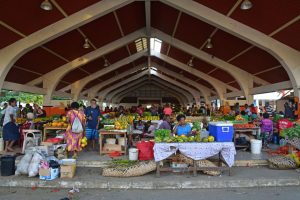
Vanuata 🇻🇺
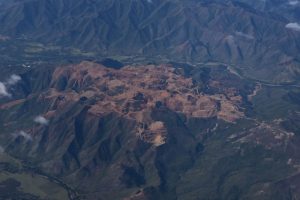
New Caledonia 🇳🇨
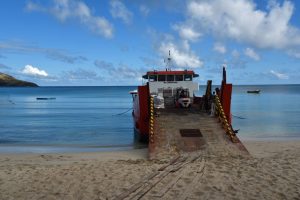
Fiji 🇫🇯

Tonga 🇹🇴
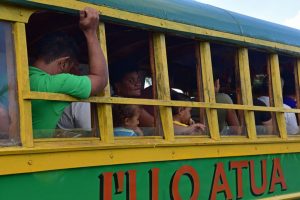
Samoa 🇼🇸
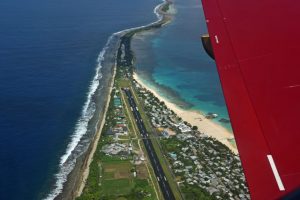
Tuvalu 🇹🇻

Kiribati 🇰🇮
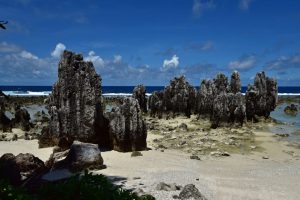
Nauru 🇳🇷

Marshall Islands 🇲🇭
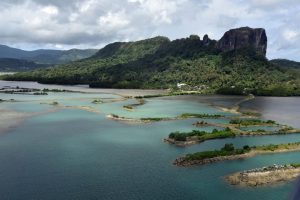
Pohnpei Islands (FSM) 🇫🇲
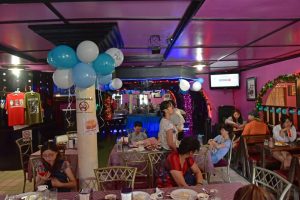
Northern Mariana Islands 🇲🇵
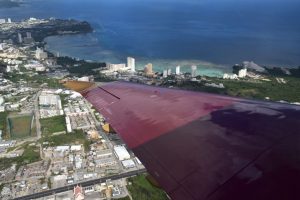
Guam 🇬🇺

Palau 🇵🇼

Brunei 🇧🇳
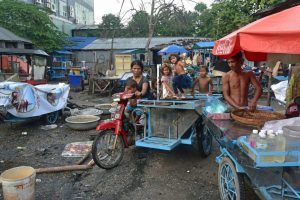
Phnom Penh – Cambodia 🇰🇭
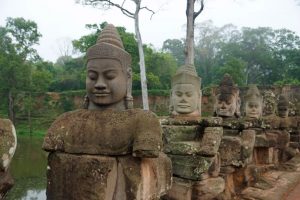
Siem Reap – Cambodia 🇰🇭
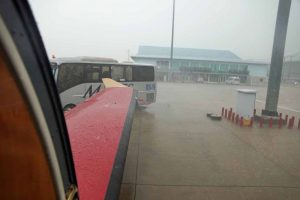
Bangkok – Thailand 🇹🇭
Our story
After three previous and successful journeys it became clear that this would not be the end.
So here we are trying to keep the sequel alive and kicking. This time the crew has changed and the new composition now contains two new members besides the pilots. All of them have one thing in common: to see more of the legendary South Pacific.
While all of us have been to the more common places and islands visited in this region such as Tahiti and Fiji, on this voyage we are focussing more on the less travelled routes. And since everybody on the plane belongs to the 100+ countries club, adding more to the list of countries visited was also a motive. Consequently the focus will be on Micronesia and Melanesia.
Meet the crew members
Tom is a professional pilot
Rainer
Albert
Thomas
Travel technology + gear
Our beloved “Töffli”
Complete gear for a 5 week trip
Our beloved “Töffli”

Our plane is the familiar Pilatus PC-12 NG with the registration HB-FVC, read as a Swiss registered (HB) followed by Swiss produced (F) aircraft.
This aircraft is powered by a Pratt & Whitney 6A-67P Turboprop and has the capacity for two pilots and 8 passengers. The max cruise speed is 280 ktas, max range 1‘560 nm and max operating altitude is 30‘000 ft.
The PC-12 is a single-engine turboprop-powered aircraft, designed for performing in multiple roles and to deliver equal performance and safety to twin-engine aircraft.
This airplane has exceptional versatility and is capable of operating within the most rugged environments, it is one of the few pressurized turbine-powered aircraft capable of operating from rough landing strips.
Complete gear for a 5 week trip — Edition 2016

Nikon D750 and D610, D7000 backup | Nikon 3.5/-5.6 24 – 120mm, 1.8/50mm, 1.8/85mm, 4.5 – 5.6/80 – 400mm | Sigma 4.5-5.6 12 – 24mm, 2.8/105mm Macro | Nikon SB-800 | GoPro Hero 4 black | DJI Phantom 4 drone | MacBook Pro Retina 15 | iPhone 6 | iPad Air | 12 TB Storage | Audio Technica headphones
Background

The vast area between Asia and America is dotted with mostly tiny islands over a huge area of water. The term “South Pacific” is not a clearly defined area. However, most of the places of interest to the majority of travellers lies beneath the equator, but not all of them. During our voyage, we will also visit places in the Northern Hemisphere, albeit just within a close range of the equator.
Image Source: Wikipedia
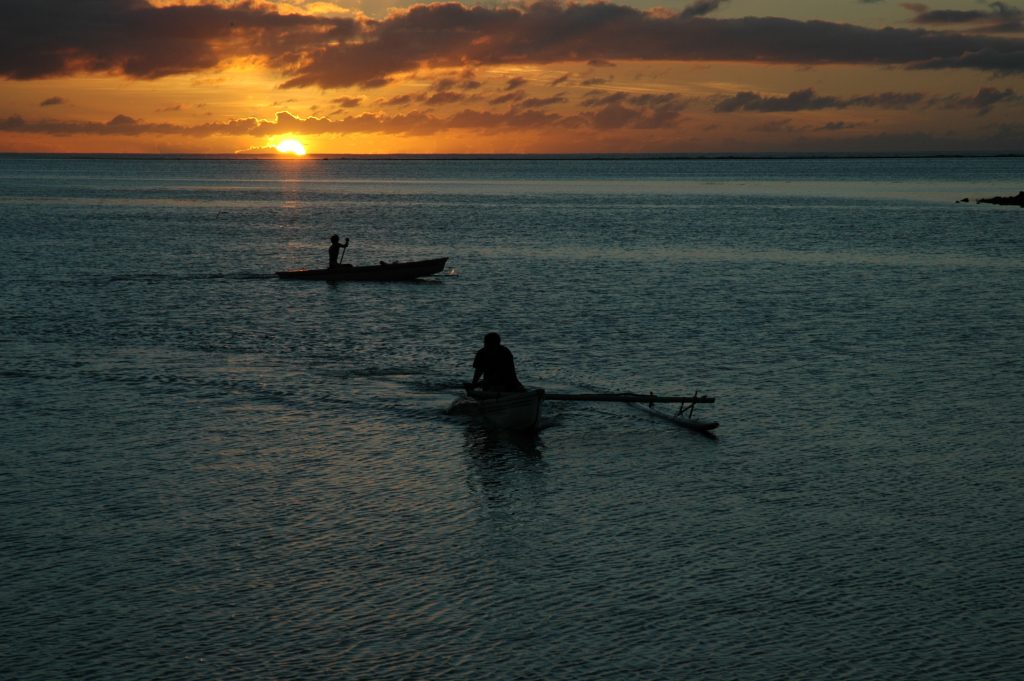
Early European explorers were astounded to find the far-flung South Pacific islands inhabited by peoples who shared similar physical characteristics, languages, and cultures. How had these people — who lived a late-Stone Age existence and had no written languages — crossed the Pacific long before Christopher Columbus had the courage to sail out of sight of land? Where had they come from? Those questions baffled European explorers, and continue to intrigue scientists and scholars today.
The First Settlers
The late Thor Heyerdahl drifted in his raft Kon Tiki from South America to French Polynesia in 1947, to prove his theory that the Polynesians came from the Americas. Bolstered by linguistic and DNA studies linking the Polynesians to Taiwan, however, experts now believe the Pacific Islanders have their roots in eastern Asia. The accepted view is that during the Ice Age a race of humans known as Australoids migrated from Southeast Asia to Papua New Guinea and Australia, when those two countries were joined as one land mass. Another group, the Papuans, arrived from Southeast Asia between 5,000 and 10,000 years ago. Later a lighter-skinned race known as Austronesians pushed the Papuans out into the more eastern South Pacific islands.
The most tangible remains of the early Austronesians are remnants of pottery, the first shards of which were found during the 1970s in Lapita, in New Caledonia. Probably originating in Papua New Guinea, Lapita pottery spread east as far as Tonga. Throughout the area, it was decorated with geometric designs similar to those used today on Tongan tapa cloth.
Apparently the Lapita culture died out some 2,500 years ago, for by the time European explorers arrived in the 1770s, gourds and coconut shells were the only crockery used by the Polynesians, who cooked their meals underground and ate with their fingers off banana leaves. Of the islanders covered in this book, only the Fijians still make pottery using Lapita methods.
Melanesians
The islands settled by the Papuans and Austronesians are known collectively as Melanesia, which includes Papua New Guinea, the Solomon Islands, Vanuatu, and New Caledonia. Fiji is the melting pot of the Melanesians to the west and the Polynesians to the east.
The name Melanesia is derived from the Greek words melas, “black,” and nesos, “island.” The Melanesians in general have features more akin to sub-Saharan Africans: skin color ranging from brown to black, flat or hooked noses, full lips, and wiry hair. But interbreeding among the successive waves of migrants resulted in many subgroups with varying physical characteristics. That’s why the Fijians look more African-American than Polynesian. Their culture, on the other hand, has many Polynesian elements, brought by interbreeding and conquest.
Polynesians
The Polynesians’ ancestors stopped in Fiji on their migration from Southeast Asia but later pushed on into the eastern South Pacific. Archaeologists now believe that they settled in Samoa more than 3,000 years ago and then slowly fanned out to colonize the vast Polynesian triangle.
These extraordinary mariners crossed thousands of miles of ocean in double-hulled canoes capable of carrying scores of people, animals, and plants. They navigated by the stars, the wind, the clouds, the shape of the waves, and the flight pattern of birds — a remarkable achievement for a people who had no written languages.
Their ancestors fought each other with war clubs for thousands of years, and it stands to reason that the biggest, strongest, and quickest survived (many modern Polynesians have become professional football and rugby players). The notion that all Polynesians are fat is incorrect. In the old days, body size did indeed denote wealth and status, but obesity today is more likely attributable to poor diet. On the other hand, village chiefs are still expected to partake of food and drink with anyone who visits to discuss a problem; hence, great weight remains an unofficial marker of social status.
Polynesian Society — Although Polynesians frequently experienced wars among their various tribes, generally their conflicts were not as bloody as those in Fiji. Nor were their wars as likely to end with cannibalistic orgies at the expense of the losers as in Fiji and Melanesia, where cannibalism was widely practiced.
Polynesians developed highly structured societies. Strong and sometimes despotic chiefdoms developed on many islands. The royal family of Tonga continues a line of leaders who were so powerful in the 1700s that they conquered much of Fiji, where they installed Polynesian customs, including their hereditary chief system. Melanesians are more likely to choose their “big men” by consensus rather than ancestry.
In some places, such as Tahiti, the Polynesians developed a class system of chiefs, priests, nobility, commoners, and slaves. Their societies emphasized elaborate formalities. Even today ceremonies featuring kava — that slightly narcotic drink so loved in the islands — play important roles in Samoa, Tonga, and Fiji. Everyday life was governed by a system based on tabu, a list of things a person could or couldn’t do, depending on his/her status. Tabu and its variants (tapu, tambu) are used throughout the South Pacific to mean “do not enter”; from them derives the English word taboo.
Western principles of ownership have made inroads, but by and large everything in Polynesia and Fiji — especially land — is owned communally by families. In effect, the system is pure communism at the family level. If your brother has a crop of taro and you’re hungry, then some of that taro belongs to you. The same principle applies to a can of corned beef on a shelf in a store, which helps explain why islander-owned grocery shops often teeter on the brink of bankruptcy. It also explains why you should keep an eye on your valuables.
Although many islanders would be considered poor by Western standards, no one in the villages goes hungry or sleeps without a roof over his or her head. Most of the thatch roofs in Polynesia today are actually bungalows at the resort hotels; nearly everyone else sleeps under tin. It’s little wonder, therefore, that visitors are greeted throughout the islands by friendly, peaceable, and extraordinarily courteous people.
The Old Gods — Before the coming of Christian missionaries in the 1800s, the Fijians believed in many spirits in the animist traditions of Melanesia. The Polynesians, however, subscribed to the idea of a supreme spirit, who ruled over a plethora of lesser deities, who, in turn, governed the sun, fire, volcanoes, sea, war, and fertility. Tikis were carved of stone or wood to give each god a home (but not a permanent residence) during religious ceremonies, and stone maraes were built as temples and meeting places for the chiefs. Sacrifices — sometimes human — were offered to the gods.
Source: Frommers

Polynesia is probably the best known sub term when it comes to the South Pacific. However, the entire region is subdivided into there major sections, being Micronesia, Melanesia and Polynesia.
Micronesia is a subregion of Oceania, comprising thousands of small islands in the western Pacific Ocean. It has a shared cultural history with two other island regions, Polynesia to the east and Melanesia to the south.
The region has a tropical marine climate, and is part of the Oceania ecozone. There are four main archipelagos along with numerous outlying islands.
Micronesia is divided politically among several sovereign countries. One of these is the Federated States of Micronesia, which is usually also called “Micronesia” for short and is not to be confused with the overall region. Aside from the Federated States of Micronesia, the Micronesia region encompasses four other sovereign, independent nations—Kiribati, Marshall Islands, Nauru, and Palau—as well as three U.S. territories—Guam, Northern Mariana Islands, and Wake Island.
Melanesia is also a subregion of Oceania (and occasionally Australasia) extending from the western end of the Pacific Ocean to the Arafura Sea, and eastward to Fiji. The region consists of the four countries of Vanuatu, Solomon Islands, Fiji and Papua New Guinea. Besides these independent countries, Melanesia also includes New Caledonia, a special collectivity of France, West Papua which includes two provinces of Indonesia, Papua and West Papua Province and lastly Maluku Islands, part of Indonesian archipelago.
Polynesia is generally defined as the islands within the Polynesian Triangle, although there are some islands that are inhabited by Polynesian people situated outside the Polynesian Triangle. Geographically, the Polynesian Triangle is drawn by connecting the points of Hawaii, New Zealand and Easter Island. The other main island groups located within the Polynesian Triangle are Samoa, Tonga, the Cook Islands, Tuvalu, Tokelau, Niue, Wallis and Futuna and French Polynesia.
Image Source: Wikipedia

The Western part of the Pacific Ocean was the site of the other half of the second World War (WWII). For 4 years it was heavily fought with the result that apart from the loss of hundred of thousand of men and women an incredible amount of equipment was used and destroyed during that time. Some of the remains of this equipment can still be found and seen on some of the islands and even more so under the water.
The best places to go are The Solomon Islands and Chuuk. However there is almost no island we will visit that won’t have any traces and “leftovers” to be seen. One practical fact WWII brought to the region is that virtually every island has an airstrip dating back to the war times, whether it was build by the Japanese or the Americans.
Source: Photo courtesy of Brandi Mueller


